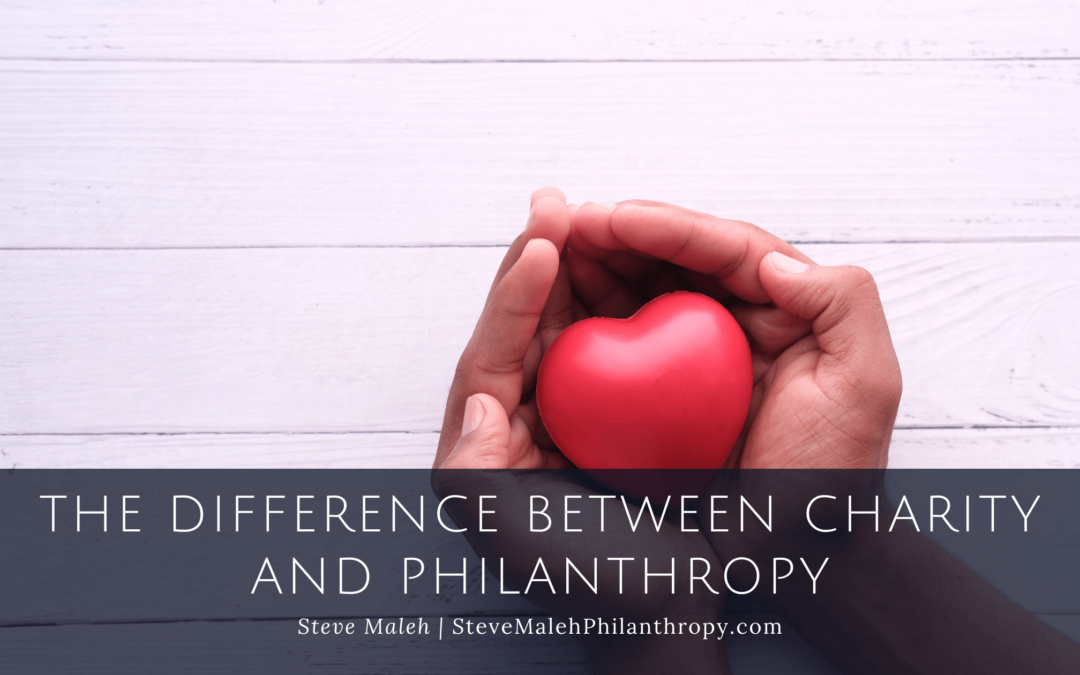People often conflate the ideas of charity and philanthropy together, but while they are both related, they are two different ways of giving. One is emotionally driven and about immediate aid and relief, while the other is about long-term solutions to deep-rooted problems. Both are important and can go hand in hand, but they are not interchangeable terms. Let’s break down the difference between charity and philanthropy even further.
Charity
Charity is a short-term solution. It is a natural, emotional reaction to seeing somebody in need and volunteering one’s time or money to help relieve them of their suffering. It comes from the French root word of “charite,” meaning “Christian love for one’s fellow.” Of course, now the meaning has evolved to include any act of giving, not limited to just Christianity. Examples of charity could be volunteering at an animal shelter or providing money to Toys for Tots.
Philanthropy
Philanthropy is the long-term solution. It looks at the root causes of a problem and seeks to solve them, not just relieve them. Its origin comes from Greek and means “love for humanity.” Titans of industry like Andrew Carnegie and John D. Rockefeller are credited with being the founders of modern philanthropy, while names like Bill Gates and Warren Buffet come to mind when we think of philanthropy today. An example of philanthropy would be establishing a shelter in your area to help house the homeless.
What are nonprofits?
Nonprofits are most similar to charities in that they both offer relief to disasters and the disadvantaged, with the main difference coming down to taxes. Giving to charities is tax-deductible, but nonprofits are structured like corporations and must pay taxes to the IRS, even though they don’t make money off their endeavors.
There are, of course, many ways charity and philanthropy can overlap. For example, you can give money to a homeless person that uses it to get transportation to a shelter on the other side of town. The giving of money would be considered charity, leading to a more philanthropic solution: the homeless shelter. As you can see, though they are two different concepts, they both involve love for one’s fellow humans and a willingness to help.
